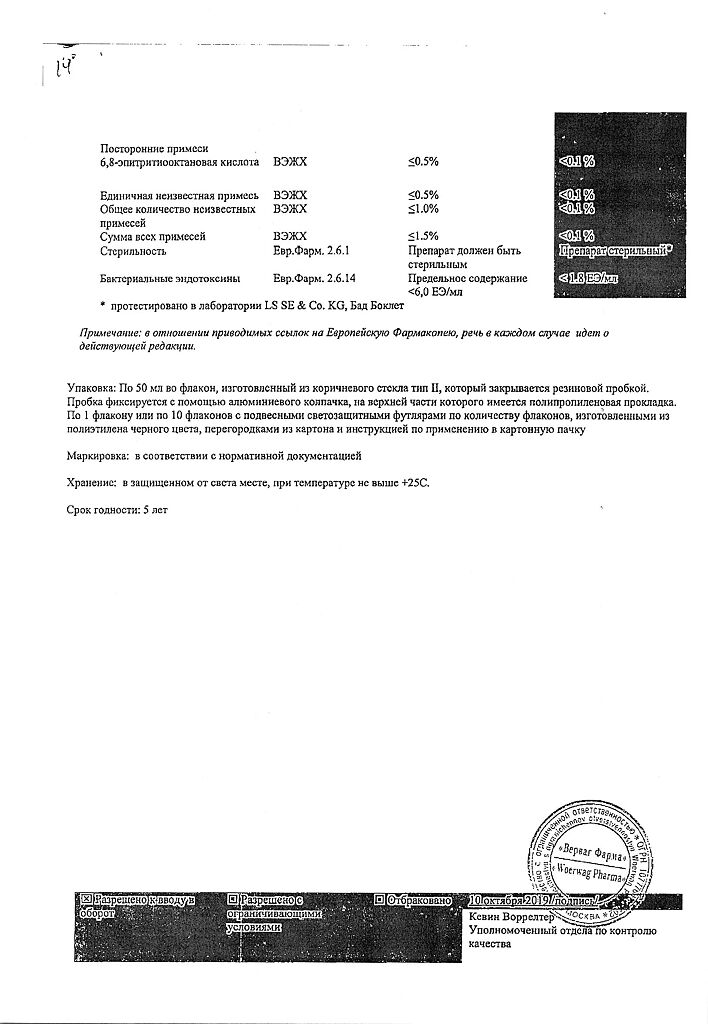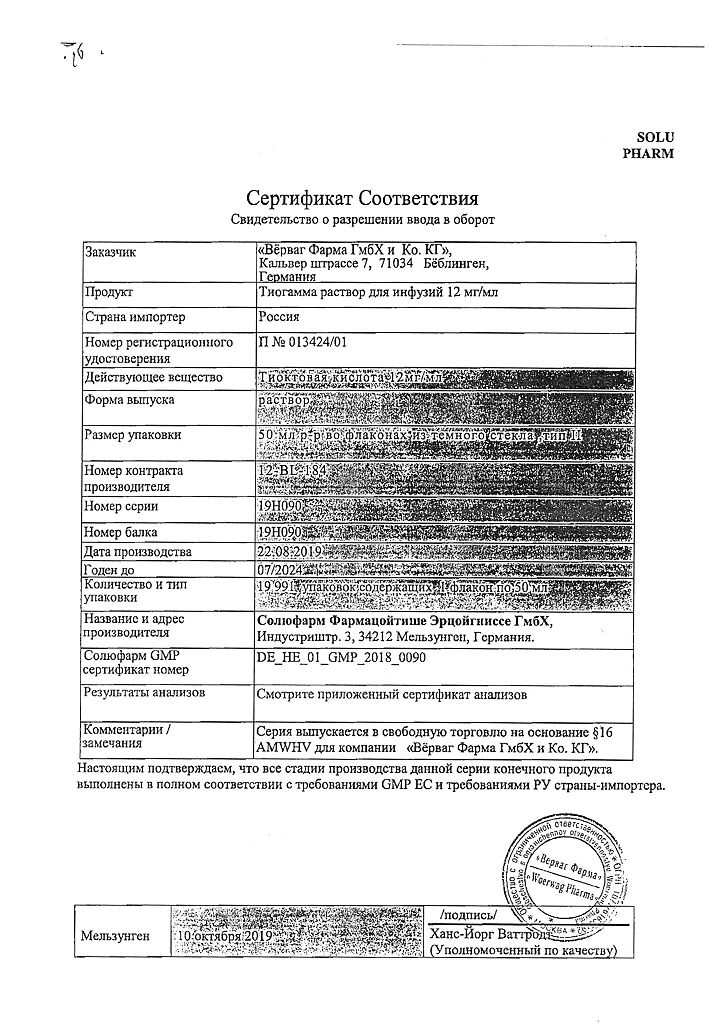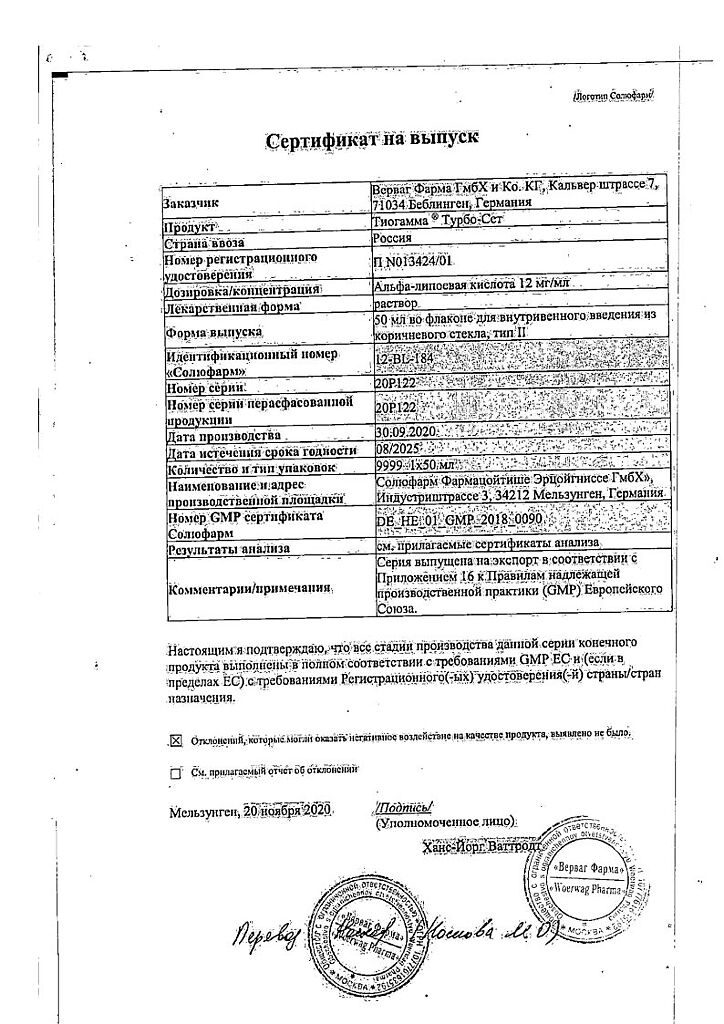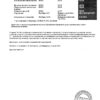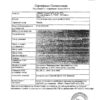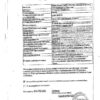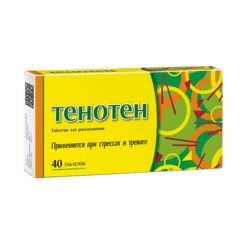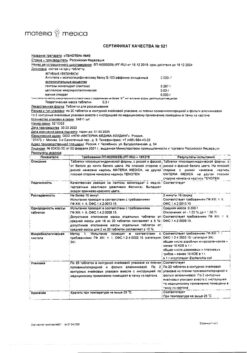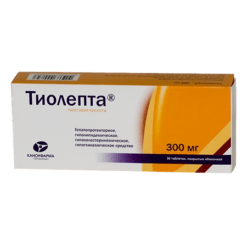No products in the cart.
Thiogamma, 12 mg/ml 50 ml
€6.27 €5.22
Out of stock
(E-mail when Stock is available)
Description
Tyogamma has hepatoprotective, hypoglycemic, detoxifying, hypolipidemic, hypocholesterolemic effect.
Thioctic acid (alpha-lipoic acid) is an endogenous antioxidant (binds free radicals) in the body is formed by oxidative decarboxylation of alpha-ketoxylate. As a coenzyme of mitochondrial multienzyme complexes it participates in oxidative decarboxylation of pyruvic acid and alpha-keto acids.
It promotes reduction of blood glucose concentration and increase of glycogen in the liver, as well as overcoming insulin resistance. By the nature of its biochemical action it is close to the B vitamins. It participates in the regulation of lipid and carbohydrate metabolism, stimulates cholesterol metabolism and improves liver function.
It has hepatoprotective, hypolipidemic, hypocholesterolemic, hypoglycemic action. It improves the trophism of neurons. The use of meglumine salt of thioctic acid in solutions for intravenous administration (which are neutral in reaction) allows to decrease the severity of adverse reactions.
Pharmacokinetics
In oral administration, it is quickly and completely absorbed from the gastrointestinal tract (ingestion with food reduces absorption). Time to reach maximum concentration – 40-60 minutes. Bioavailability is 30%.
It has the effect of “first passage” through the liver. The formation of metabolites occurs as a result of oxidation of the side chain and conjugation.
The volume of distribution is about 450 ml/kg. Thioctic acid and its metabolites are excreted by the kidneys (80-90%). The elimination half-life is 20-50 min. Total plasma clearance is 10-15 ml/min.
In intravenous administration time to maximum concentration is 10-11 minutes, maximum concentration is 25-38 mcg/ml. The area under the concentration-time curve is about 5 µg h/ml.
Indications
Indications
Diabetic polyneuropathy, alcoholic polyneuropathy.
Active ingredient
Active ingredient
Composition
Composition
1 vial of 50 ml of solution for infusion contains:
active ingredient:
meglumine salt of thioctic acid – 1167.7 mg (which is equivalent to 600 mg of thioctic acid);
excipients:
Meglumine,
Macrogol 300,
water for injection.
How to take, the dosage
How to take, the dosage
The drug is also administered intravenously in a dose of 600 mg per day (1 ampoule of concentrate for preparation of 30 mg/ml infusion solution or 1 bottle of 12 mg/ml infusion solution).
In the beginning of the course the drug is administered intravenously for 2-4 weeks. Then the drug can be continued orally at a dose of 300-600 mg per day.
The drug should be infused slowly, there is not more than 50 mg of thioctic acid in 1 minute (which is equivalent to 1.7 ml of concentrate for preparation of 30 mg/ml infusion solution).
Interaction
Interaction
In coadministration of Thiogamma in the form of a solution for injection decreases the effectiveness of cisplatin.
In concomitant use Tiogamma increases the effect of insulin and oral hypoglycemic agents.
Concomitant use with ethanol may decrease the therapeutic effectiveness of thioctic acid.
Pharmaceutical interaction
In vitro thioctic acid reacts with complex metal ions (e.g., with cisplatin) and also forms moderately soluble complex compounds with sugar molecules. Consequently, the infusion solution is incompatible with glucose solution, Ringer’s solution and with solutions that may react with SH-groups or disulfide bridges.
Special Instructions
Special Instructions
Patients taking Thiogamma should refrain from drinking alcohol.
During treatment with Thiogamma, especially at the beginning of therapy, blood glucose levels should be monitored.
In some cases, it may be necessary to adjust the dose of hypoglycemic drugs.
Contraindications
Contraindications
– Hypersensitivity to the drug components;
– Pregnancy;
– Breast-feeding period.
There is no clinical data about the use of Thiogamma in children; therefore, the drug should not be used in children.
Side effects
Side effects
CNS disorders: rarely (after intravenous administration of the drug) – seizures, diplopia; during rapid administration – increased intracranial pressure.
With the blood coagulation system: after intravenous administration of the drug – hemorrhagic rash, thrombophlebitis, petechial hemorrhages in the mucous membranes and skin.
Allergic reactions: urticaria, systemic reactions (up to anaphylactic shock).
Others: possible development of hypoglycemia (due to improved glucose absorption); after rapid IV infusion – difficulty in breathing (resolves on its own).
Overdose
Overdose
Symptoms: nausea, vomiting, headache.
Treatment: symptomatic therapy is carried out. There is no specific antidote.
Pregnancy use
Pregnancy use
The drug Tiogamma is contraindicated in pregnancy. If it is necessary to use the drug during lactation, breastfeeding should be stopped.
In experimental studies on animals no teratogenic effect of thioctic acid was found. Similar studies have not been conducted in humans.
There are no data on excretion of thioctic acid with breast milk.
Similarities
Similarities
Additional information
| Shelf life | 5 years |
|---|---|
| Conditions of storage | In a light-protected place, at a temperature not exceeding 25 °C |
| Manufacturer | Solufarm Pharmazeutische Erzeugnisse GmbH, Germany |
| Medication form | solution for infusion |
| Brand | Solufarm Pharmazeutische Erzeugnisse GmbH |
Other forms…
Related products
Buy Thiogamma, 12 mg/ml 50 ml with delivery to USA, UK, Europe and over 120 other countries.


